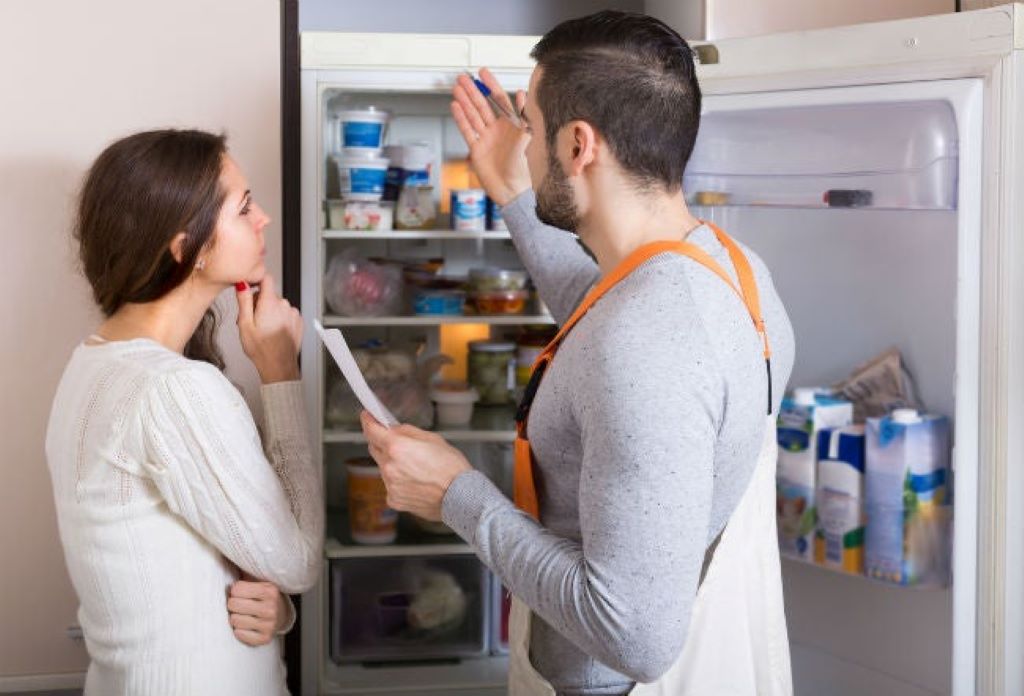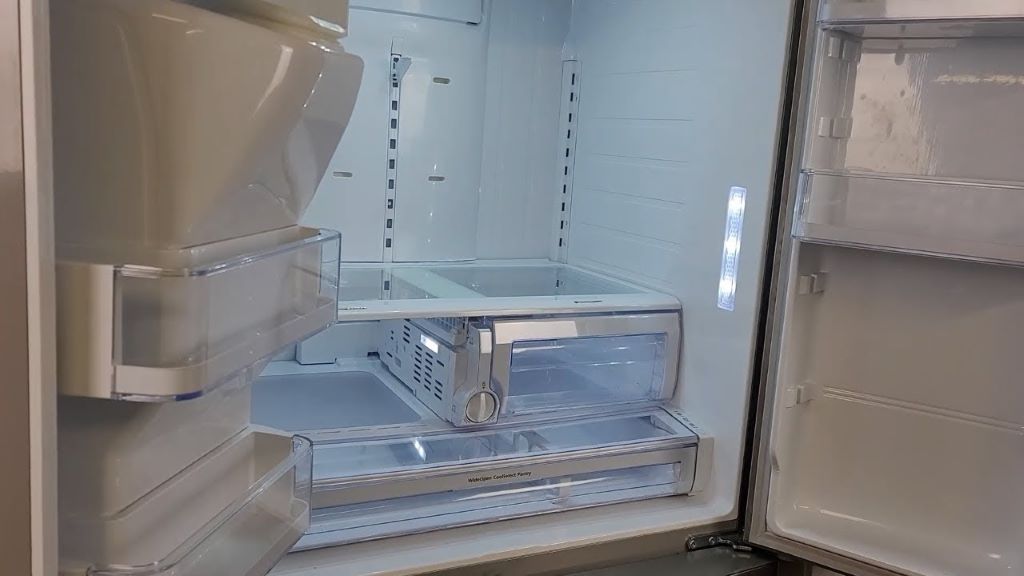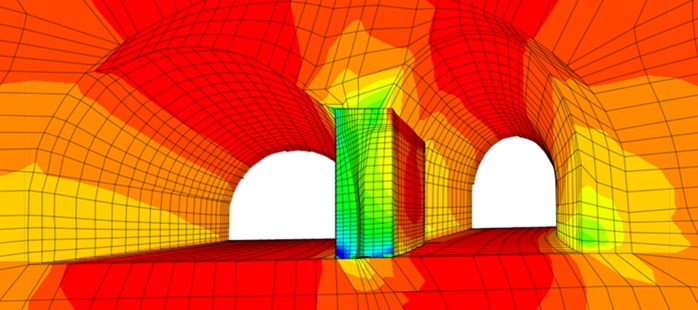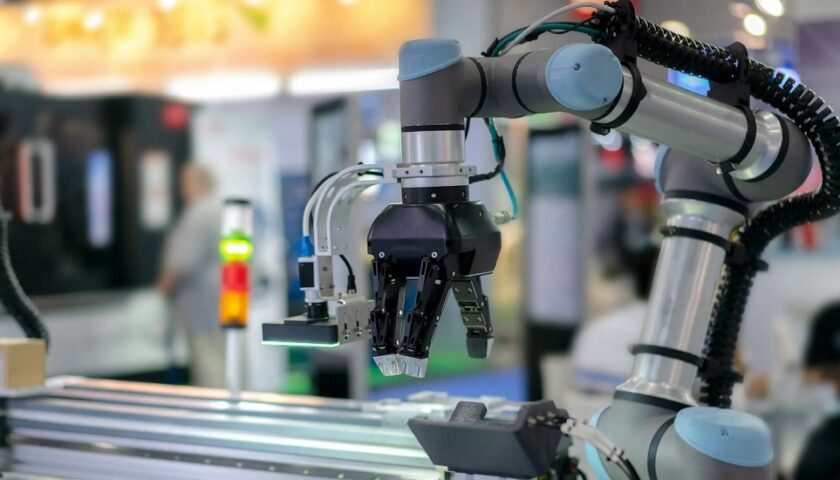Is your Samsung fridge not cooling as it should, while the freezer seems to be working fine? It can be frustrating to encounter such an issue, as a malfunctioning fridge can lead to spoilage of perishable food items and inconvenience in your daily life. In this article, we will explore the possible reasons behind this problem and provide you with some troubleshooting steps to help you resolve it.
Understanding the Cooling Mechanism
Before we dive into the specific reasons for your Samsung fridge not cooling but the freezer working, it’s essential to understand how the cooling process works in a refrigerator. The cooling system in a fridge relies on a compressor, evaporator, condenser, and a series of fans and sensors. These components work together to maintain the desired temperature inside the fridge and freezer compartments. Find out how do you fix a warm fridge and cold freezer.
Blocked Air Vents
One of the common reasons why your fridge may not be cooling adequately is due to blocked air vents. Over time, food items or other objects can obstruct the airflow in the refrigerator, preventing the cool air from circulating properly. Check if any items are blocking the vents and clear them away to ensure proper airflow.
Faulty Evaporator Fan
The evaporator fan plays a crucial role in distributing cold air throughout the refrigerator. If this fan malfunctions or stops working, it can lead to inadequate cooling in the fridge compartment. Listen for any unusual noises coming from your fridge, as a noisy or non-functioning evaporator fan may indicate a problem. In such cases, it is recommended to contact a professional technician to inspect and replace the faulty fan if needed.
Condenser Coils Need Cleaning
The condenser coils in your refrigerator are responsible for releasing heat generated during the cooling process. Over time, these coils can accumulate dust and debris, hindering their efficiency. When the condenser coils are dirty, they cannot dissipate heat effectively, resulting in insufficient cooling in the fridge section. Regularly cleaning the condenser coils can improve the overall performance of your refrigerator.
Damaged Door Gasket
The door gasket, also known as the door seal, creates an airtight barrier between the fridge and its surroundings. If the gasket is worn out, torn, or damaged, it can allow warm air to enter the refrigerator, causing the cooling system to work harder to maintain the desired temperature. Inspect the door gasket for any signs of damage and replace it if necessary.
Thermostat Issues
The thermostat is responsible for regulating the temperature inside the refrigerator. If the thermostat is faulty, it may not send the correct signals to the cooling system, resulting in inconsistent cooling. Consider checking the thermostat settings and ensuring they are properly calibrated. If the problem persists, it is advisable to seek professional assistance to diagnose and replace the faulty thermostat.
Insufficient Refrigerant
Refrigerant is the substance responsible for absorbing and releasing heat in the cooling cycle. If your fridge is low on refrigerant, it can lead to inadequate cooling in the refrigerator compartment. Recharging the refrigerant levels should only be performed by a certified technician as it requires specialized equipment and knowledge.
Defective Compressor
The compressor is the heart of the cooling system in your refrigerator. If the compressor fails or is malfunctioning, it can result in a lack of cooling in the fridge while the freezer continues to work. Listen for any unusual sounds coming from the compressor, such as clicking or humming noises, which may indicate a problem. A faulty compressor usually requires professional repair or replacement.
Overcrowding and Improper Loading
Improperly loading your fridge or overcrowding it with food items can obstruct the airflow, making it difficult for the cool air to circulate effectively. Ensure that there is sufficient space between items for proper airflow, especially near the air vents. Distribute the items evenly and avoid blocking the vents to allow for optimal cooling performance.
Power Supply Issues
Sometimes, the issue may not lie with the refrigerator itself but rather with the power supply. Check if the fridge is receiving adequate power by ensuring it is properly plugged in and the circuit breaker or fuse is not tripped. If there is a power outage or a voltage fluctuation, it may affect the cooling performance of your refrigerator.
Conclusion
Dealing with a Samsung fridge that’s not cooling while the freezer continues to function can be incredibly frustrating. Understanding the possible causes behind this issue and following the troubleshooting steps provided in this article can greatly enhance the cooling performance of your refrigerator. If you find that the problem persists or if you’re uncertain about carrying out any repair work on your own, it’s highly advisable to seek assistance from a professional technician. Wondering, does my fridge freeze my food? Find out as we delve into the potential solutions above.
FAQs
- Can a faulty door gasket cause my Samsung fridge to stop cooling?
Yes, a damaged or worn-out door gasket can allow warm air to enter the fridge, resulting in inadequate cooling.
- How often should I clean the condenser coils in my Samsung fridge?
It is recommended to clean the condenser coils at least twice a year to maintain their efficiency.
- Is it safe to recharge the refrigerant levels in my fridge by myself?
No, recharging the refrigerant levels should only be done by a certified technician.
- What should I do if the compressor in my Samsung fridge is faulty?
If you suspect a faulty compressor, it is advisable to contact a professional technician for repair or replacement.
- How can I prevent overcrowding in my fridge and ensure proper cooling?
To prevent overcrowding, distribute the items evenly and maintain sufficient space between them to allow for proper airflow.





